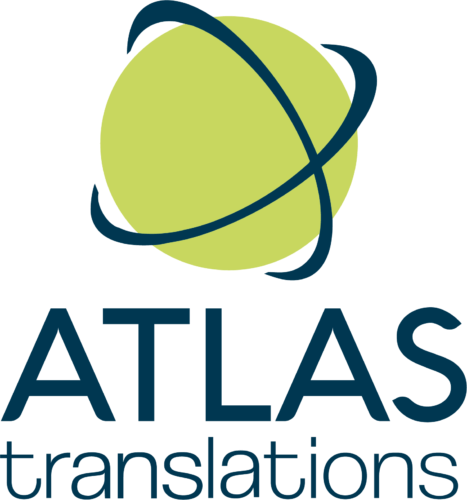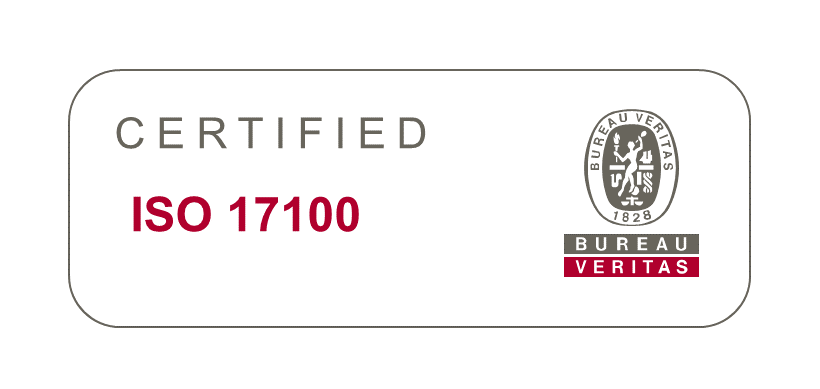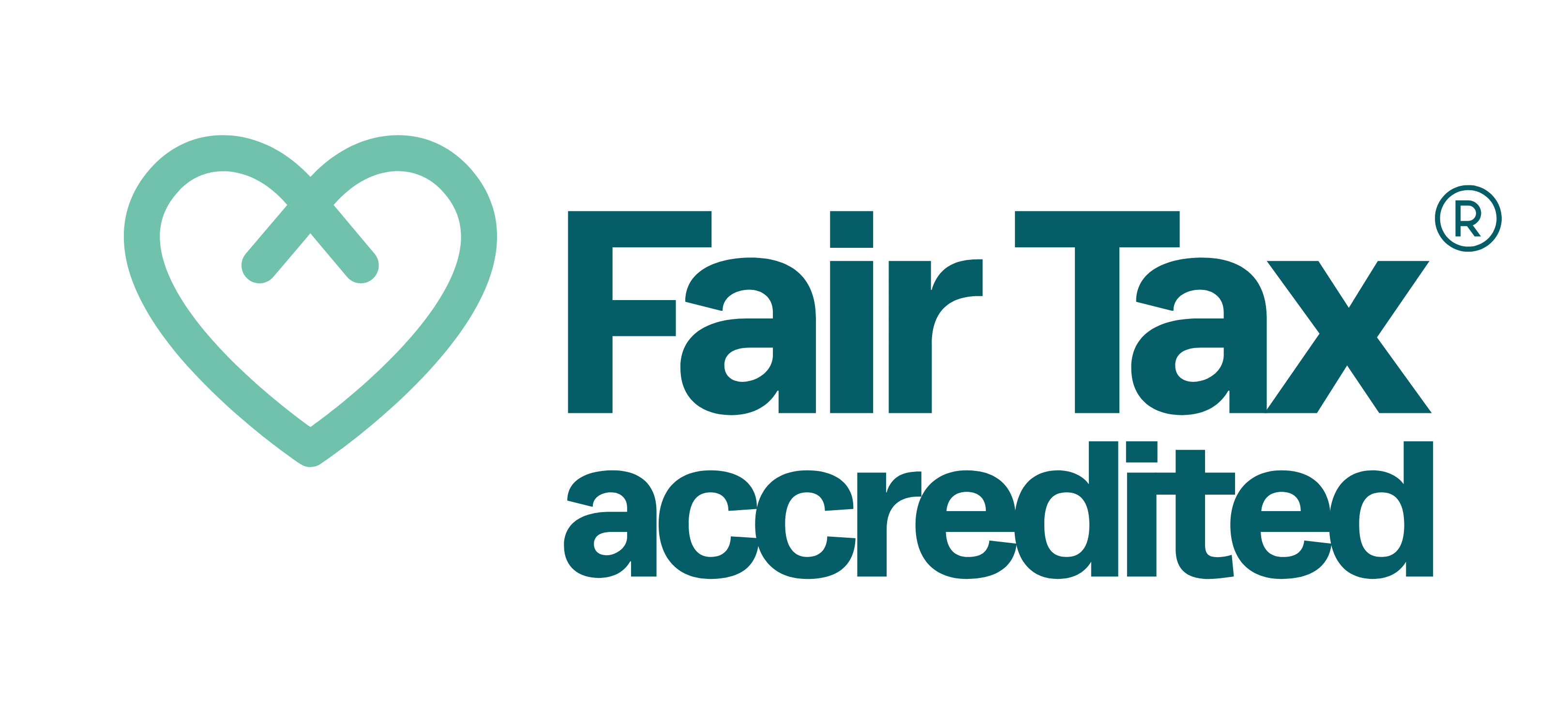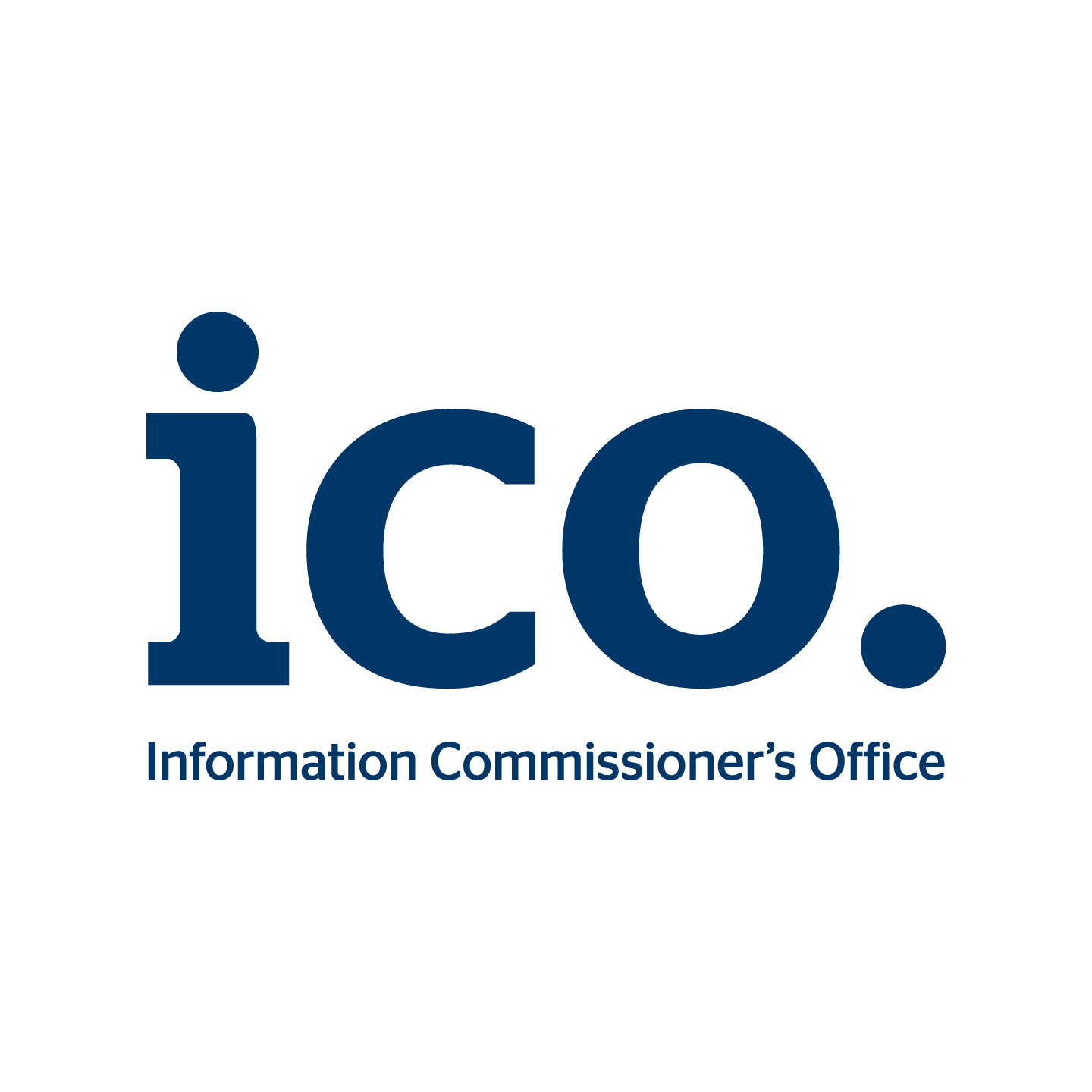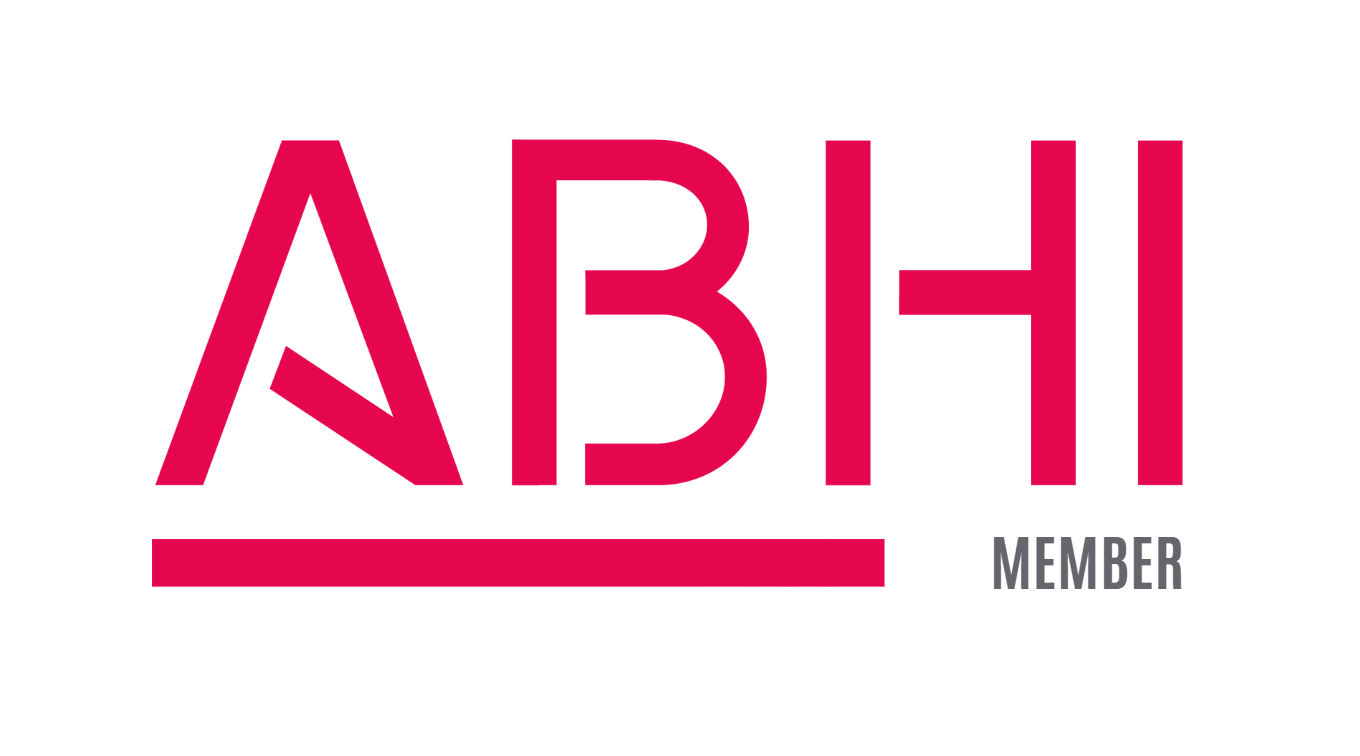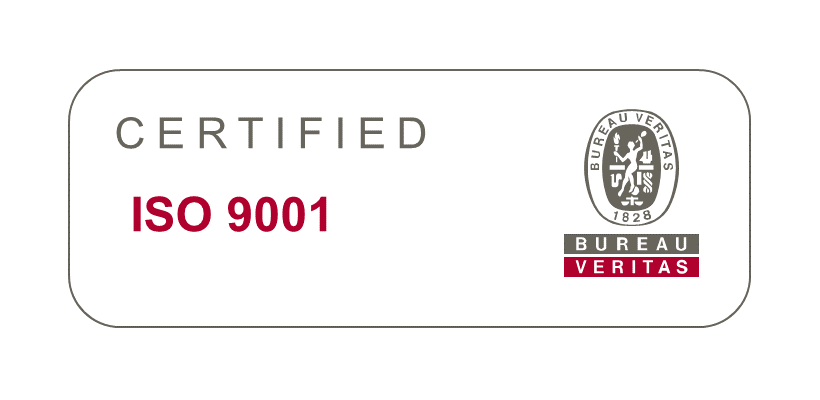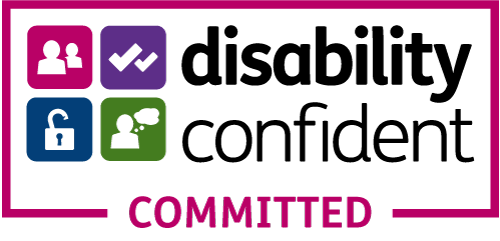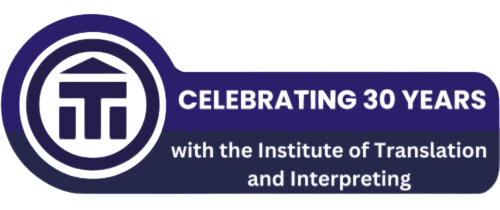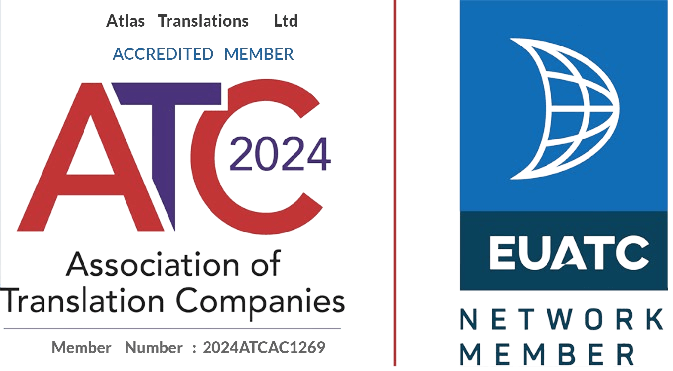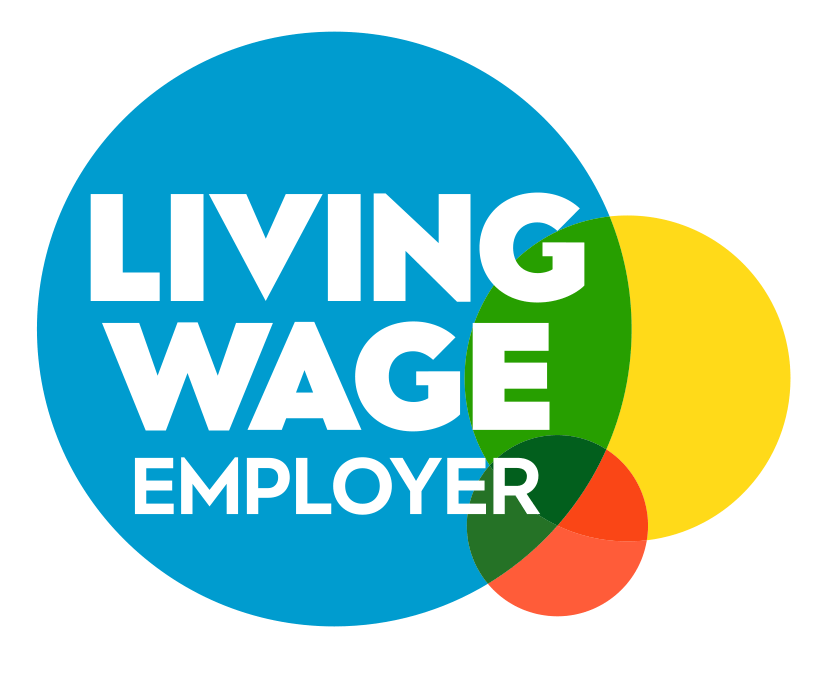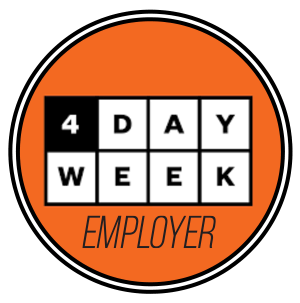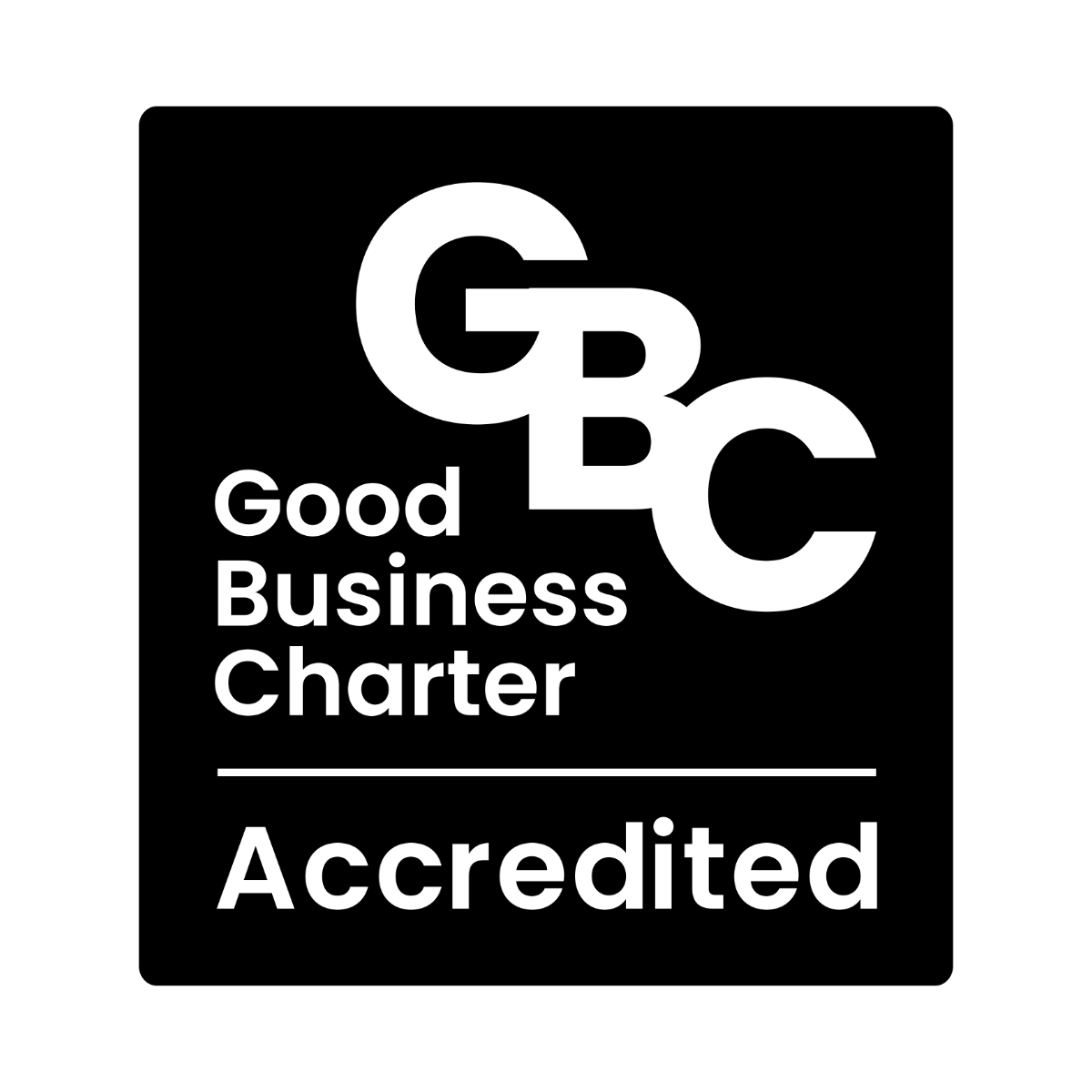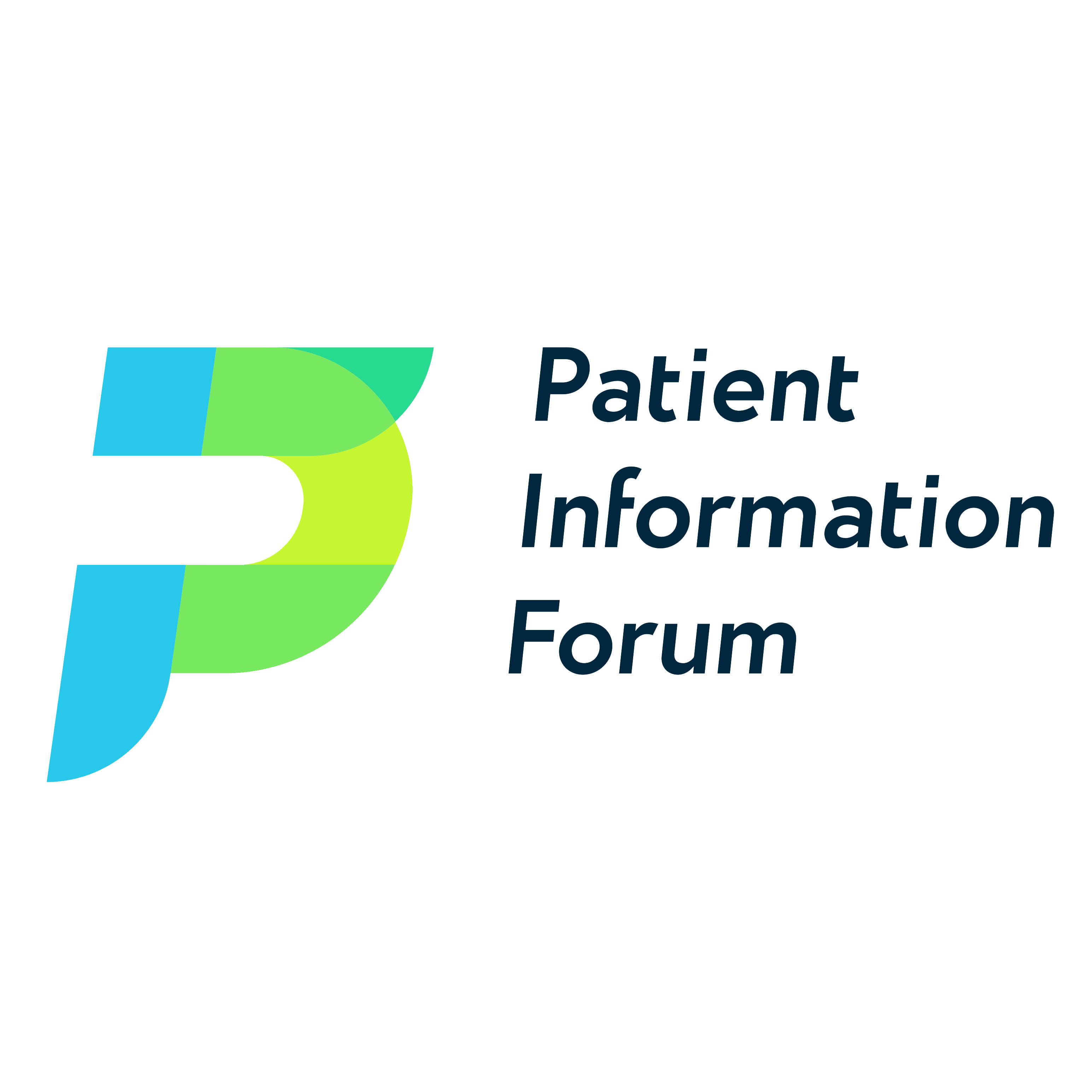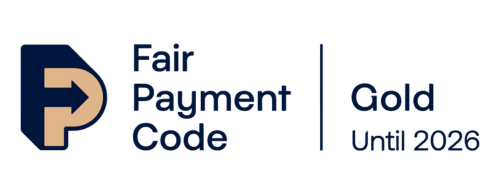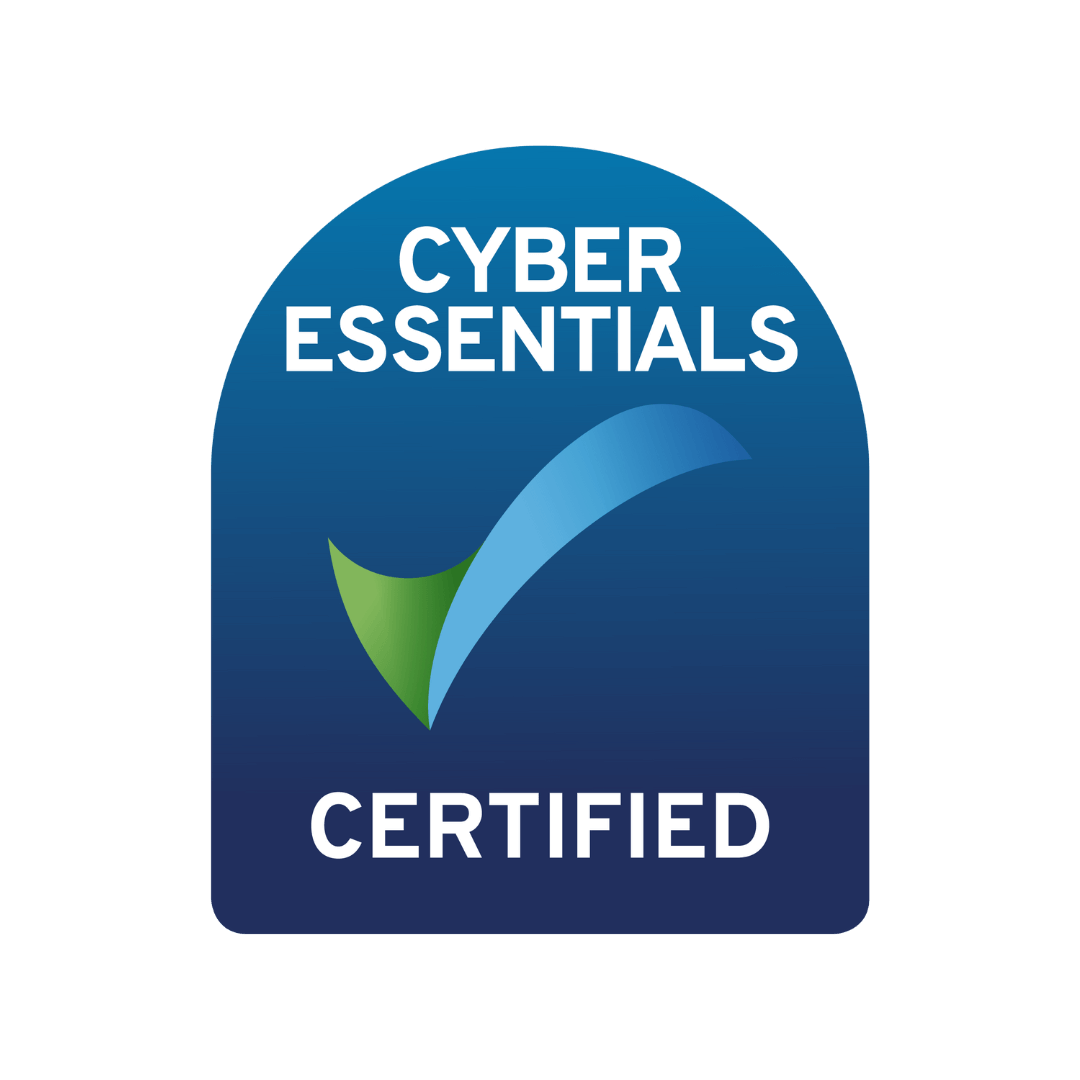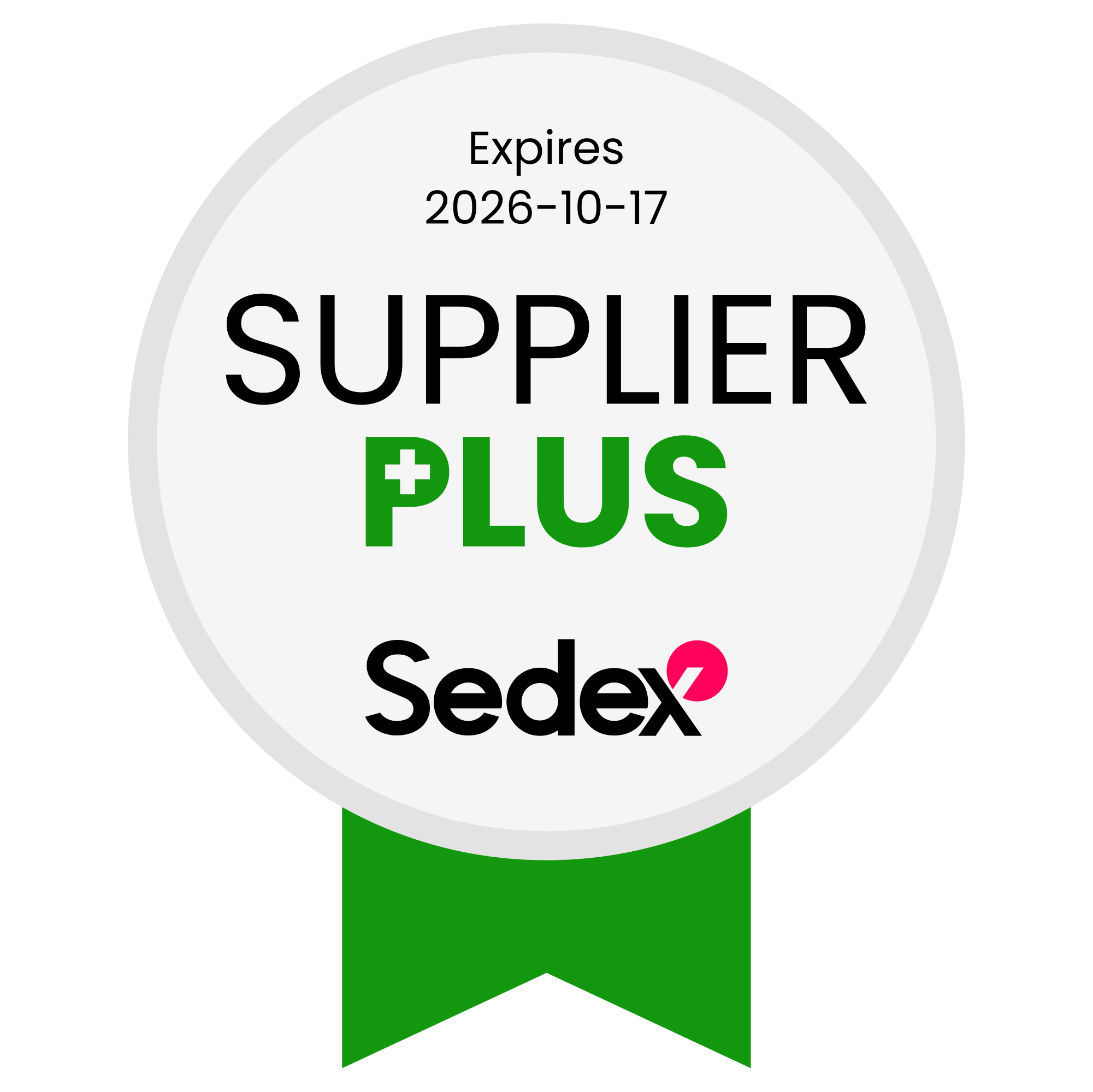Why Machine Translation Post-Editing Can Make or Break Your Pharmaceutical Documentation Quality
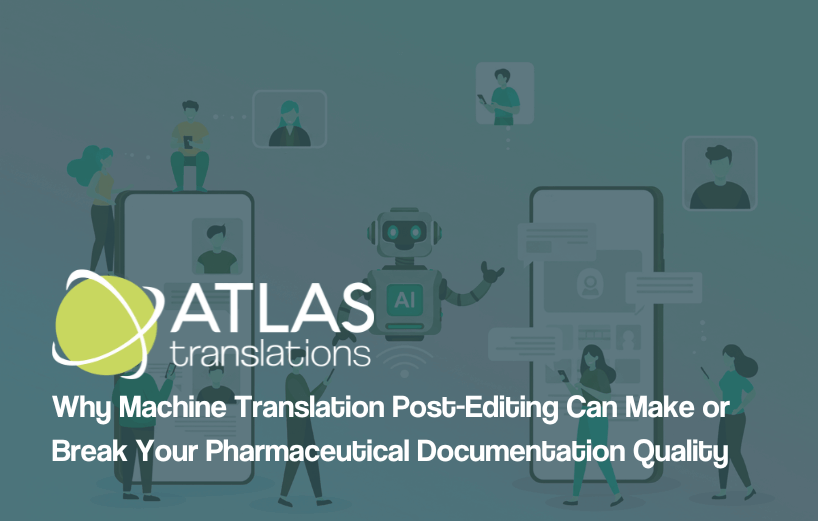
The pharmaceutical industry faces a constant challenge: how to manage vast volumes of documentation requiring translation while maintaining the exacting standards that regulatory compliance demands. Machine Translation Post-Editing (MTPE) has emerged as a potential solution, but knowing when and how to implement it safely requires careful consideration.
Are you wondering what exactly MTPE is? Great question. Due to the recent-ish arrival of Artificial Intelligence (AI), you may have noticed some “weirdly worded” content all over the internet. As we all know, fast doesn’t always mean good. This is becoming painfully apparent to many industries, including the translation and localisation sector. And that’s where MTPE comes in. It’s the process where professional translation agencies, like Atlas Translations, take material that has been poorly translated by AI. We then edit and correct it, ultimately elevating it to a professional and accurate standard 🧐
Several industries, including the pharmaceutical sector, have begun to adopt this two-stage approach. Industries are seeking a middle ground between Stage 1 (pure machine translation) to provide speed, and Stage 2 (full human translation) to provide accuracy. Obviously, the goal of this strategy is to potentially reduce costs and timelines while maintaining quality control.
What can we help with today? Call us on +44 (0)1727 812 725 or email us at team@atlas-translations.co.uk – we’re only a call, chat, or email away, and we’re always eager to help!
Here at Atlas Translations, one point we’ve found is often overlooked is how pharmaceutical translation involves conveying meaning and preserving the precise technical language that regulatory bodies require. Additionally, even if reducing costs and timelines is the goal, it’s essential to make sure patient safety information remains clear across different languages.
When MTPE Works for Pharmaceutical Documentation
Light Editing Candidates
Internal communications, preliminary research summaries, and early-stage documentation often work well with light MTPE. These documents typically require basic corrections for grammar, terminology consistency, and readability improvements.
Full Post-Editing Scenarios
Technical product specifications, training materials, and non-regulatory clinical documents may benefit from comprehensive MTPE. The machine translation provides a solid foundation, but human expertise makes sure of technical accuracy and language that is appropriate for regulatory purposes.
Documents Requiring Traditional Translation
Patient-facing materials, regulatory submissions, pharmacovigilance reports, and clinical trial protocols demand human translation from the outset. The stakes are simply too high for anything less than expert human judgment throughout the entire process.
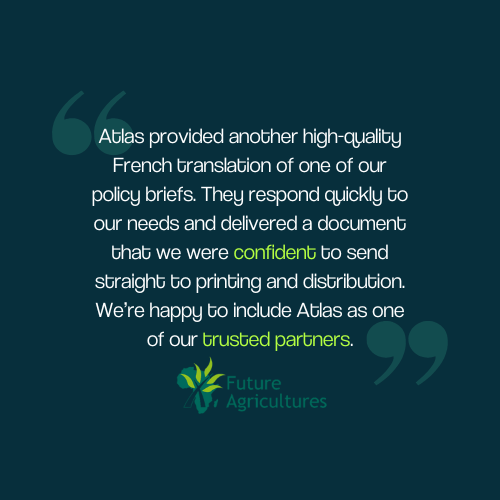
Quality Levels and Risk Assessment
We’ve observed that pharmaceutical companies need clear frameworks for deciding which approach suits different document types. The key factors include:
Regulatory Impact: Documents destined for regulatory submission require the highest quality standards. Any ambiguity or error could delay approvals or raise compliance concerns.
Patient Safety Implications: Materials that directly or indirectly affect patient care—from prescribing information to clinical trial informed consent—need human expertise throughout the translation process.
Confidentiality Requirements: Highly sensitive proprietary information may not be suitable for machine translation tools that store or learn from submitted content.
Timeline Pressures: When speed is essential for non-critical documents, MTPE can provide faster turnaround than traditional translation and maintain acceptable quality standards.
The Post-Editor’s Pharmaceutical Expertise
Not all post-editors are created equal, particularly in pharmaceutical contexts. Effective pharmaceutical MTPE, like that found here at Atlas Translations, requires post-editors who understand:
- Regulatory terminology across different markets
- Clinical research protocols and methodologies
- Pharmacovigilance reporting standards
- Medical device classification systems
- International harmonisation guidelines
This specialised knowledge helps post-editors to identify when machine translation has misunderstood context, used inappropriate terminology, or created potential safety ambiguities.
Maintaining Audit Trails and Compliance
Pharmaceutical companies operate in highly regulated environments where audit trails are crucial. When implementing MTPE, we maintain detailed records of:
- Which machine translation engines were used
- The level of post-editing applied
- Quality assurance checks performed
- Final reviewer approvals
This documentation supports regulatory inspections and demonstrates due diligence in translation quality management.
Cost-Benefit Considerations
MTPE isn’t automatically cheaper than traditional translation. The cost-effectiveness depends on several factors:
Document Volume: Large volumes of similar document types often benefit most from MTPE workflows.
Content Complexity: Highly technical or nuanced content may require such extensive post-editing that traditional translation becomes more efficient.
Quality Requirements: Documents requiring minimal revisions justify MTPE investment, but those needing substantial restructuring do not.
Revision Cycles: If documents undergo multiple review rounds, starting with human translation often proves more efficient overall.
Making the Right Choice for Your Project
The decision between MTPE and traditional translation shouldn’t be based solely on cost considerations. We evaluate each project considering regulatory requirements, patient safety implications, timeline constraints, and quality expectations.
When you bring us the machine-translated content, we’ll evaluate what we can do with it to help. It could be some light editing if it’s just minor typos, words in the wrong place, or generally lacking personality.
On the other end of the spectrum, if it’s just an incredibly bad translation, we may say that machine translation post-editing isn’t your best option, and you may as well get it translated from scratch.
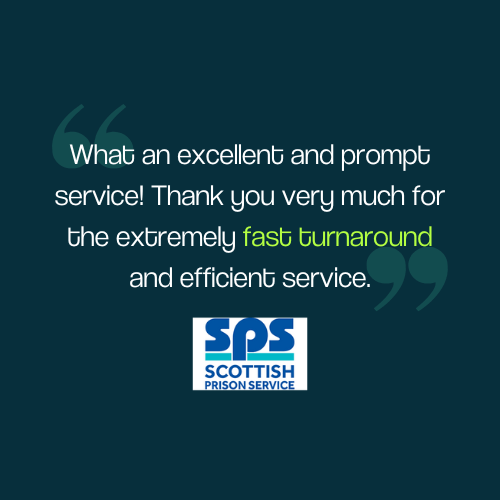
Technology Considerations for Pharmaceutical MTPE
As we’ve said, not all machine translation engines suit pharmaceutical content equally well. Generic translation tools may lack the specialised medical and regulatory vocabulary that pharmaceutical documents require.
At Atlas Translations, any post-editing translation comes from translators specifically trained on medical and pharmaceutical content.
Data security represents another critical consideration. Pharmaceutical companies handle highly confidential information, from proprietary research data to commercially sensitive regulatory strategies. Any MTPE workflow must include robust data protection measures, often requiring on-premise or private cloud solutions rather than public translation platforms.
Building Internal MTPE Capabilities
Some pharmaceutical companies consider developing internal MTPE capabilities, particularly for high-volume, routine documentation. This approach can be effective, provided companies have dedicated translation staff with pharmaceutical expertise and can invest in the necessary technology infrastructure.
However, most companies find that partnering with specialised translation agencies provides better results and avoids the overhead of maintaining internal MTPE systems. Training staff on evolving technology and ensuring consistent quality across different document types and language pairs is also key.
It’s a Wrap!
MTPE represents a valuable tool in the pharmaceutical translation toolkit when applied thoughtfully. The key lies in understanding which documents suit which approach, ensuring your translation partner has the pharmaceutical expertise necessary for effective post-editing, and maintaining the quality standards that regulatory compliance demands.
Rather than viewing MTPE as a universal cost-cutting measure, a successful pharmaceutical company will treat it as one component of a comprehensive translation strategy.
Atlas Translations knows that optimising resources is important to any organisation. However, we also know that prioritising patient safety and regulatory compliance is not an area to cut corners.
We’d love to hear from you!
You can call us on +44 (0)1727 812 725 or email team@atlas-translations.co.uk. We respond quickly to all enquiries and are always happy to chat about your needs.
If you’d like to visit us in person to learn more about our services or drop off documents, please call or email us to arrange a time.
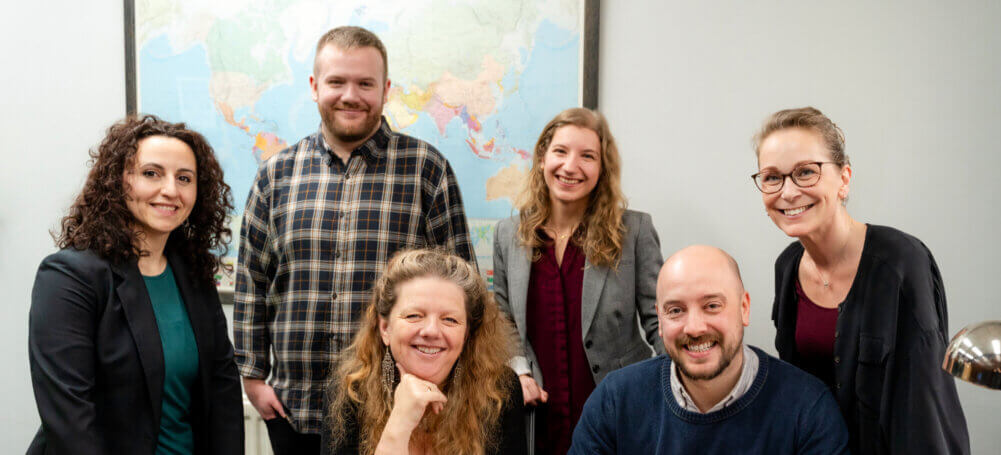
During UK working hours, you can also use our Live Chat option (look around the bottom corners of your screen). You’ll always be connected with a real person; we’re a bot-free zone!
And if you need a fast estimate, our Get a Quote button at the top of the website makes it easy
Can I Trust Atlas Translations?
Atlas Translations is certified to ISO 9001:2015 (Quality Management) and ISO 17100:2017 (Translation Services) standards. For confidential projects, we’re happy to sign a non-disclosure agreement (NDA).
We’ve been registered with the Information Commissioner’s Office (ICO) for over 20 years, reflecting our long-standing commitment to privacy and data protection.
We’re proud to provide fast, friendly, high-quality services—but don’t just take our word for it. Check out our client testimonials and TrustPilot reviews.
Global Voice, Local Touch
If you’re looking for some top tips for partnering with Atlas Translations, we have some top tips to share! We answer 25 of our clients’ most frequently asked questions, ranging from typesetting queries to discussing reference materials.
Click to download Global Voice, Local Touch
